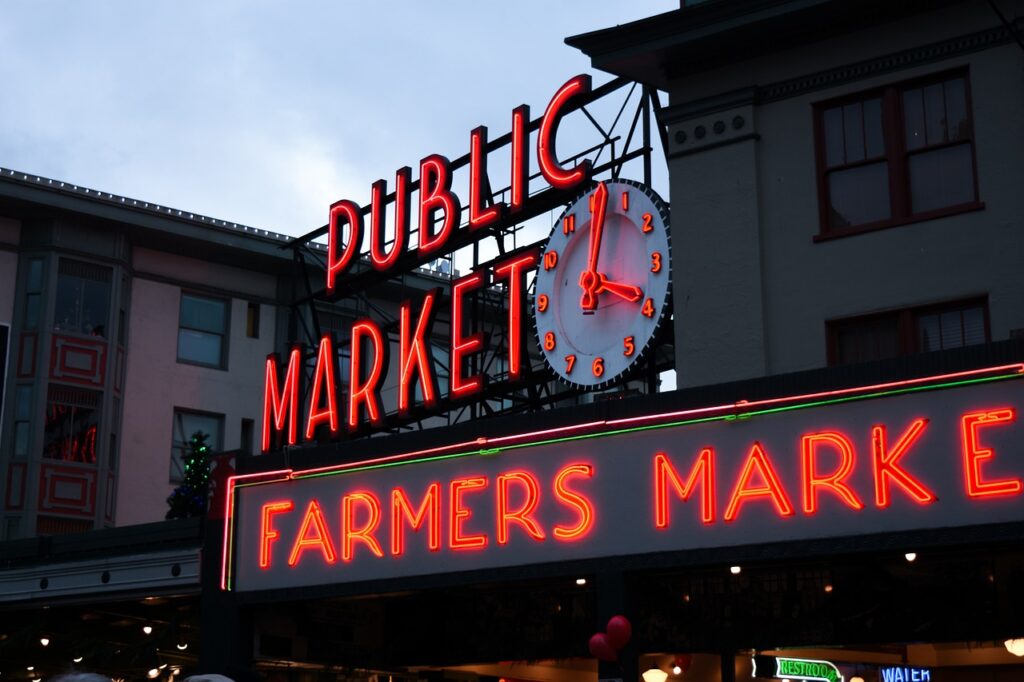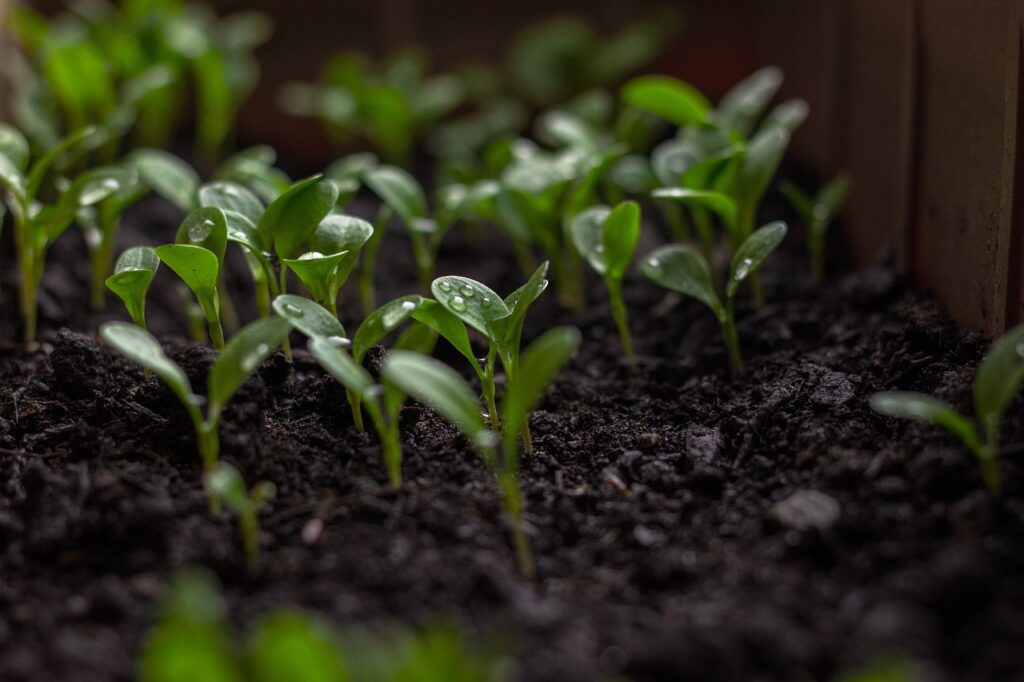The article provides an overview of the history of urban farming, tracing its origins from ancient times to the present day, highlighting the challenges and resurgence of interest in urban farming during the 20th century, and emphasizing its increasing importance in addressing issues of food security, environmental sustainability, and social cohesion in the 21st century.

Urban farming, the practice of cultivating, processing, and distributing food within or around a city, has a long and rich history dating back to ancient times. Throughout history, urban farming has played a vital role in providing food and nourishment to city dwellers, as well as shaping the development of cities themselves. In this article, we will explore the history of urban farming and its evolution over time.
Ancient Civilizations
Urban farming has been practiced for thousands of years by ancient civilizations such as the Egyptians, Mesopotamians, and Aztecs. In ancient Egypt, for example, the Nile River provided fertile land for farming, and the ancient Egyptians developed a system of irrigation to water their crops. The Mesopotamians, who lived in what is now Iraq, also developed advanced irrigation systems and terracing to make the most of their limited farmland. In the Aztec civilization, the chinampas, or floating gardens, were an important source of food for the Aztec people. These gardens were built on the shallow lakes surrounding the city of Tenochtitlán, and they were able to produce a wide variety of crops, including beans, tomatoes, and chili peppers.
Middle Ages and the Renaissance
During the Middle Ages and the Renaissance, urban farming continued to play a significant role in providing food for city dwellers. In medieval Europe, for example, monasteries and convents often had large gardens that provided food for the community. The monasteries also played a key role in preserving knowledge about agriculture and horticulture, and they were often responsible for introducing new crops and farming techniques to the region. In Renaissance Italy, the city-states of Florence and Venice had flourishing market gardens that supplied fresh produce to the city.
“Agriculture is not a substitute for wildness, but it can be a form of stewardship, a way of taking care of the land that sustains us.”
– Michael Pollan
Industrial Revolution
The Industrial Revolution of the 18th and 19th centuries brought significant changes to urban farming. As cities grew and industrialization spread, many people moved from the countryside to the city in search of work. This led to a rapid expansion of cities and a corresponding increase in the demand for food. In response, market gardening and truck farming emerged as a way to provide fresh produce to the growing urban population. In London, for example, market gardens in the suburbs supplied fresh fruits and vegetables to the city.

20th Century
In the 20th century, urban farming continued to evolve in response to changing societal and economic conditions. During the World Wars, for example, many people in cities across Europe and North America grew their own food in victory gardens to help support the war effort. After World War II, urban farming declined as suburban.
Urban agriculture is about growing food, yes, but it's also about growing community, growing health, and growing opportunity.
development took hold and the growth of large supermarkets made it easier for people to buy their food from distant locations.
However, in the latter part of the 20th century, there was a resurgence of interest in urban farming, driven by a growing awareness of the environmental and health benefits of locally grown food. Community gardening, rooftop gardening, and vertical farming all emerged as new forms of urban agriculture. In the United States, the inner-city farming movement also began to gain traction, as urban farmers sought to address issues of poverty and food insecurity in low-income neighborhoods.
21st Century
In the 21st century, urban farming has continued to grow in popularity and importance. The global population is projected to reach 9.7 billion by 2050, and cities are expected to house two-thirds of the world’s population. As a result, there is an increasing need for sustainable and efficient ways to produce food in urban areas. Urban farming is seen as a potential solution to this problem, as it can help to address issues of food security, environmental sustainability, and social cohesion.
Today, urban farming is being practiced in cities around the world, from small community gardens to large-scale urban agriculture projects. Rooftop gardens and vertical farms are becoming increasingly common in cities, and new technologies such as hydroponics and aquaponics are being used to grow food in urban environments.
Conclusion
Urban farming has a long and rich history dating back to ancient times. Throughout history, urban farming has played a vital role in providing food and nourishment to city dwellers, as well as shaping the development of cities themselves. As the global population continues to grow and cities become increasingly important, urban farming will play an increasingly important role in providing food for the urban population in a sustainable and efficient way.


